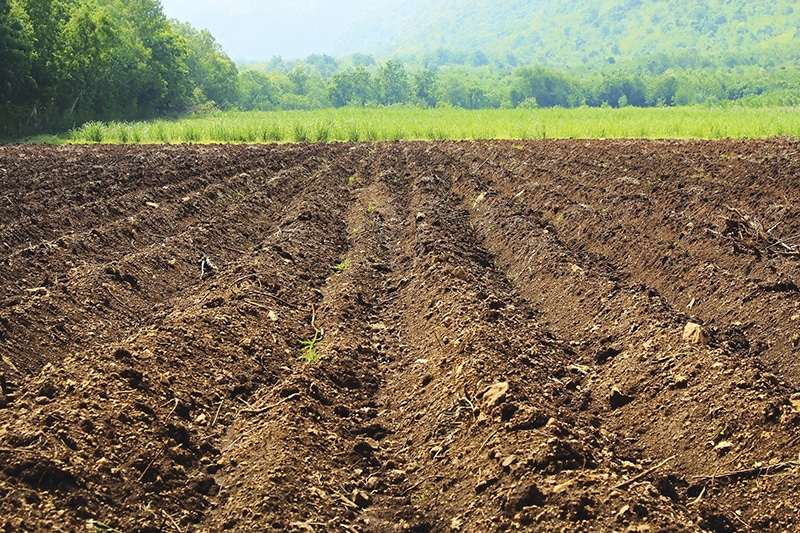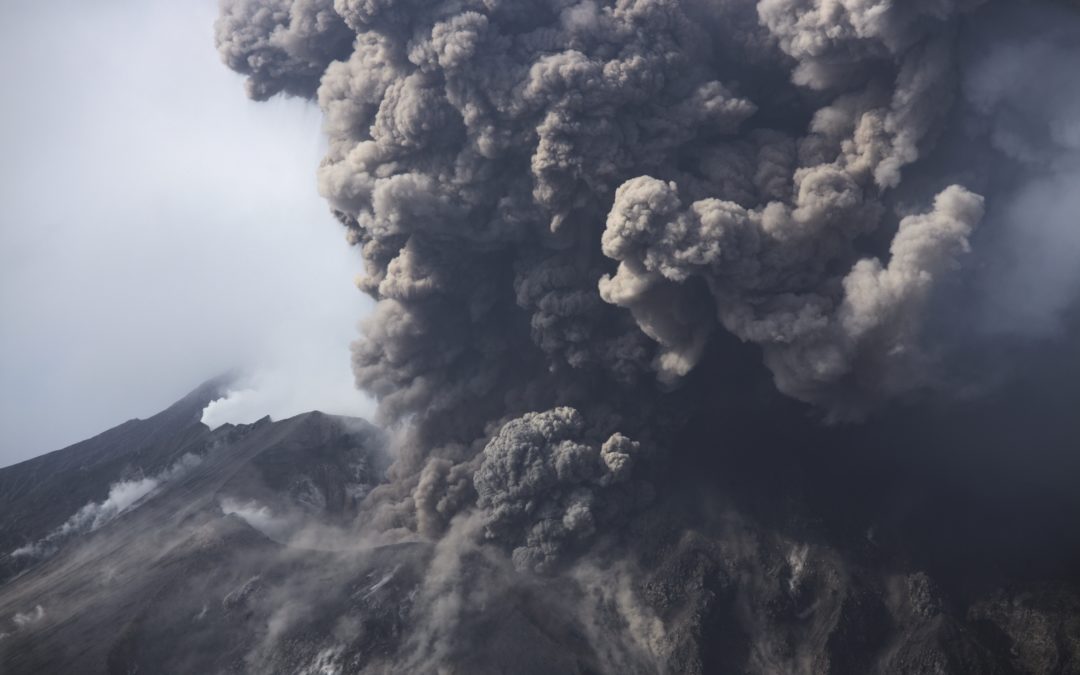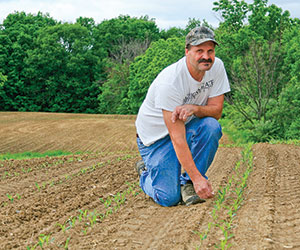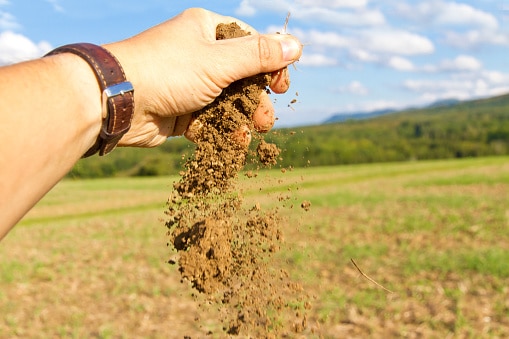
Soil health directly affects plant, animal and human health. It also impacts topsoil erosion, water management and ocean pollution. Most importantly, it is now recognized that climate change is directly related to soil mismanagement. I believe a global soil health initiative can help save our planet.

Organic and sustainable farmers have long relied on rock dust, including volcanic basalt, as an all-natural way to improve roots systems, increase yields, and promote general plant health in a wide variety of crops and conditions. Yet it has taken the rapid depletion of our global soils to bring rock dust to the attention of modern agricultural science. The good news is that there is undeniable evidence that rock minerals can help restore soil health, minimize crop deficiencies, and boost resistance to pests and disease.

Soil carbon’s role in creating healthy topsoil is becoming a global topic. In fact, it can’t be debated that the definition of a healthy topsoil is when the soil has a rich concentration of durable carbon compounds that change for the better the chemical, physical and biological nature of the soil.

Soil pH adjustment may seem like a pretty straightforward operation, but there are many things to consider before undertaking such a bold step with soil chemistry. The first step is determine the direction you need to go and the products to use to achieve your goal.

Fertile soil is a goal of every farmer, gardener and orchardist, but achieving fertile soil and maintaining fertile soil takes some understanding of the soil ecosystem, including minerals, microbials and other inputs will affect your soil fertility.

Subsoil: The term implies tilling in an out-of-sight area called the “subsoil.” Building these zones may be the most important tillage practice, and it also may be the least understood. To understand why it is necessary to till the subsoil, we must first look under the ground into the real world of agriculture.








